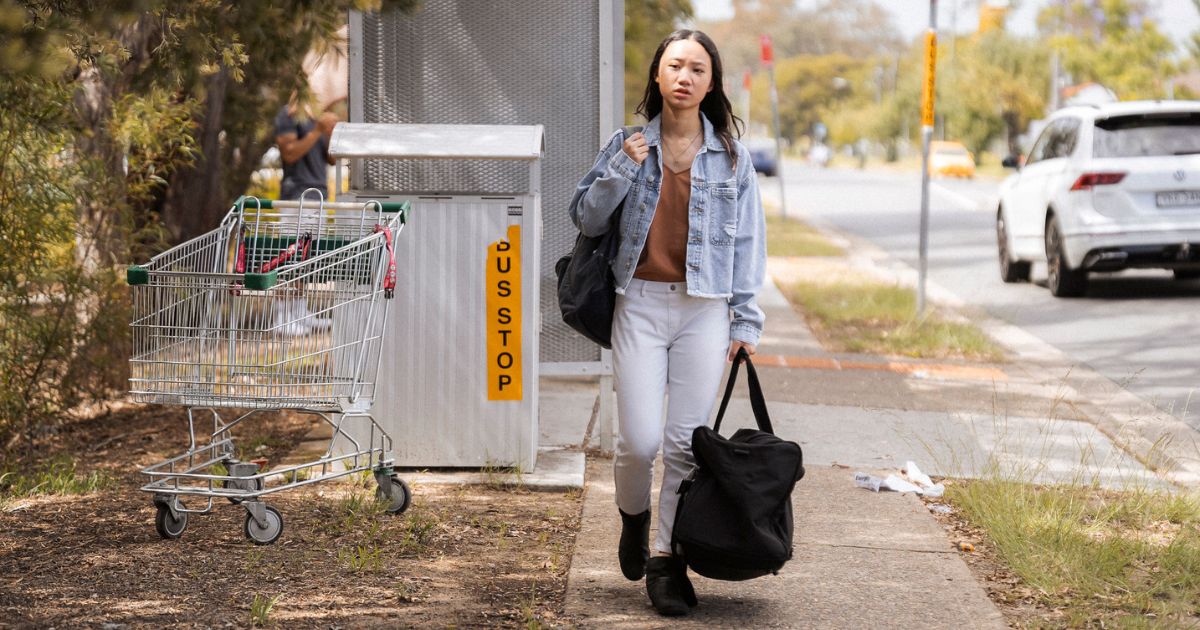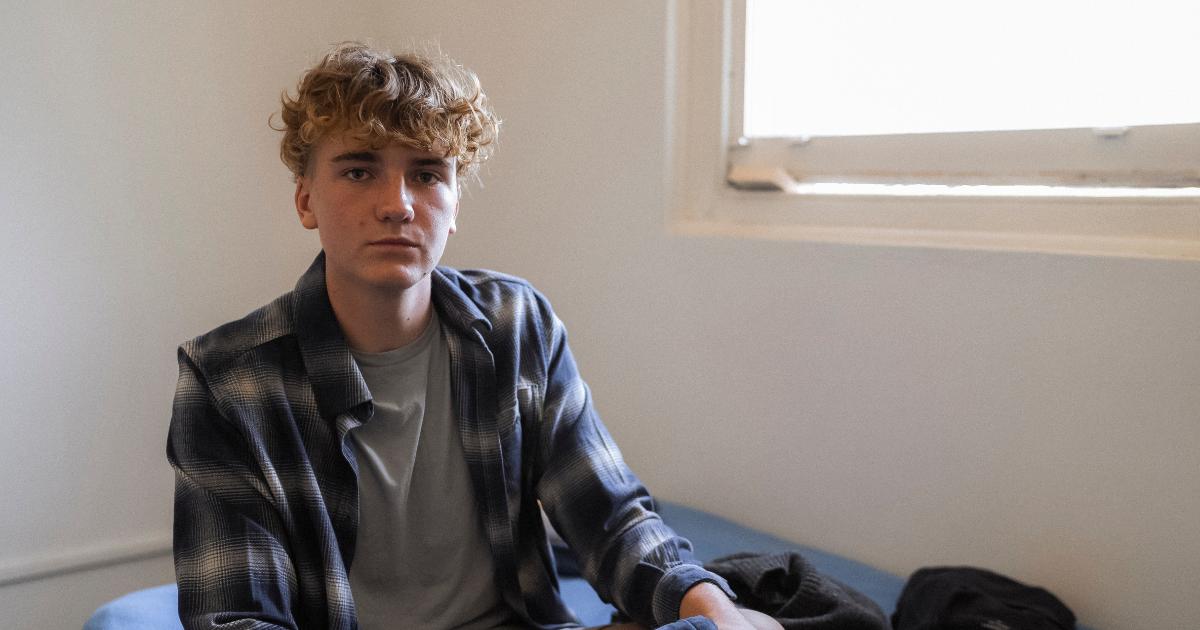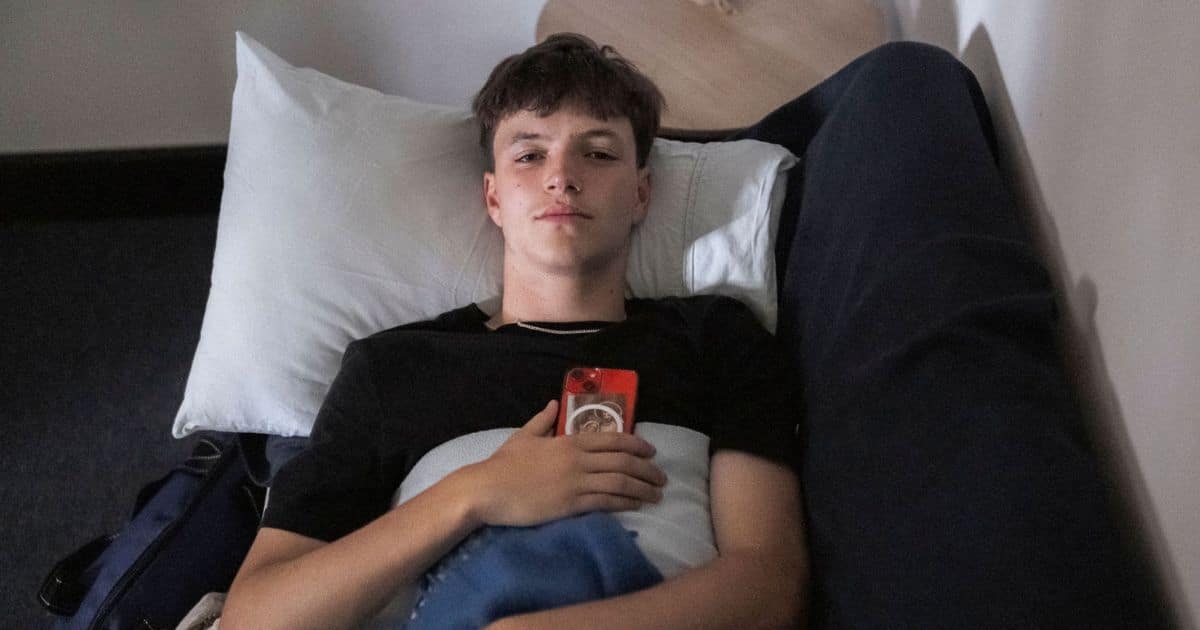Youth homelessness in Australia
The number of children and young people experiencing homelessness is growing. Here are five facts every Australian should know.

When you picture someone who is homeless, what’s the first image that comes to mind?
Are they old or young? Are they living on the streets, or sleeping on a friend’s couch?
The reality is that homelessness is on the rise among children and young people aged 12–24, but we can’t always see it.
In the words of Jacob, who first experienced homelessness as a young teen: “Teenagers aren’t often the demographic that comes to mind when people think ‘homeless’ because they’re young and afraid. I was always in my car or on someone else’s couch. I would never be out in the open.”
Every night across Australia, 1 in 2 children and young people are turned away from crisis refuges. This is due to a shortage of beds and the lack of child-appropriate supported accommodation for 12–15-year-olds.
Whether due to domestic, family and sexual violence, the housing crisis or family breakdown, unacceptably high numbers of children and young people face homelessness alone.
Now, more than ever, youth homelessness matters.
Keep reading to discover five important facts you should know about youth homelessness in Australia.
1. Last year, 43,226 young Australians aged under 25 presented alone for homelessness support
The scale of the issue is also reflected in the latest Census results, which revealed that children and young people aged 12–24 make up almost one-quarter of the reported homeless population.
But it’s likely that the real number of children and young people living without safe and stable housing is much higher.
Youth homelessness can be difficult to identify and report, as young people may move between refuges or stay with friends or relatives rather than sleep rough on the streets.
Click here to learn more about primary, secondary and tertiary forms of homelessness – all of which are underreported and often ‘hidden’ in Australia.

2. Domestic and family violence, poverty and the housing crisis are the main causes of youth homelessness
According to the Australian Institute of Health and Welfare, 34% of children and young people presenting alone for homelessness services across Australia have experienced domestic and family violence.
At Youth Off The Streets, this number is even higher: in 2023, 95% of young people accessing our Inner West Youth Homelessness Service said domestic and family violence was the main reason for their homelessness or a contributing factor.
A lack of social housing and suitable income support – combined with an increasingly expensive private rental market – are also preventing young Australians from finding permanent housing, especially those living on or below the poverty line.
The housing crisis, including eviction, was the main cause of homelessness for 19% of young people last year.
Overall, though, family violence and/or breakdown is the main reason that children and young people are forced into homelessness.
29,114 young people needed long-term housing in 2024, but a mere 3.8% received it.
One of these young people, 17-year-old Alex* struggled to find safe accommodation after fleeing family violence.
“There needs to be more safety and housing for young people,” he states. “My options were limited, so there weren’t many places for me to go.
“There was no knowing where I was going to end up. I had no idea what was next. There was no youth housing available to me. I wore the same clothes, day in and day out. I had no money.”

Alex became homeless after fleeing family violence.
3. The most common forms of homelessness among young people are living in severely crowded dwellings, supported accommodation for the homeless and couch surfing
These are all types of ‘hidden homelessness’.
Many young people find themselves in crowded dwellings where the lack of personal space and basic amenities severely impacts their quality of life and mental wellbeing. Others end up in supported accommodation, which, while providing some level of stability, is often a temporary solution that fails to address the root causes of their displacement.
Couch surfing is a prevalent form of homelessness among young people, where they move between the homes of friends, acquaintances, or even strangers, lacking a permanent and secure place to call home.
These unstable living conditions highlight the urgent need for comprehensive solutions to support young people in securing safe, stable, and long-term housing.

Chelsea, a young person supported by Youth Off The Streets, was 13 when she became homeless. She has felt the fear and vulnerability of couch surfing.
“For years, it felt like I was missing a foundation,” she says. “The floor beneath me was constantly moving, and I didn’t know when it might collapse.”
4. Nearly half of all young people experiencing homelessness report poor mental health and psychological distress
This statistic is unsurprising, given that mental ill-health increases a young person’s risk of homelessness.
In turn, homelessness can compound their trauma, and trigger or worsen mental health issues.
The stresses of homelessness can cause anxiety, depression and sleeplessness while exacerbating conditions like schizophrenia and bipolar disorder.
Chelsea became depressed after several years of homelessness and turned to alcohol to cope.
“I had to dodge so many obstacles to survive,” she remembers.
“It should be simple, but I had to think, ‘Do I have money to buy food? Do I have a roof over my head tonight? Will I be safe where I’m staying?’”
Alex, like Chelsea, suffered from mental health struggles. A lack of access to mental health services made it difficult to receive the support he needed.
“At first, you’re running around from place to place, meeting different people and doing lots of paperwork to apply for support,” he reflects. “You’re in survival mode. I found that it’s after all the chaos subsides that your mental health really plummets.
“I was on the waitlist for mental health support, which took months to receive. I eventually opened up to the youth workers at Youth Off The Streets, which helped.”
The longer a young person lives without a safe home, the higher the risk that they will develop a serious mental illness.

Chelsea has overcome her experiences of homelessness and mental ill-health.
5. Youth homelessness costs Australia more than $626 million each year
Even a brief episode of homelessness puts children and young people at high risk of further experiences of homelessness and disadvantage later in life.
Early intervention programs and access to safe, affordable housing for young people are critical to breaking cycles of homelessness, poverty, substance misuse and poor mental health.
Preventing children young people from becoming homeless in the first place could save an estimated $626 million per year across the youth justice and health services systems alone.
Every child and young person deserves a safe and stable place to call home.

We’re calling on the federal government to develop a National Strategy to End Child and Youth Homelessness.
Find out about the accommodation and support services that we offer to young people in need.
Change the life of a young person experiencing homelessness.